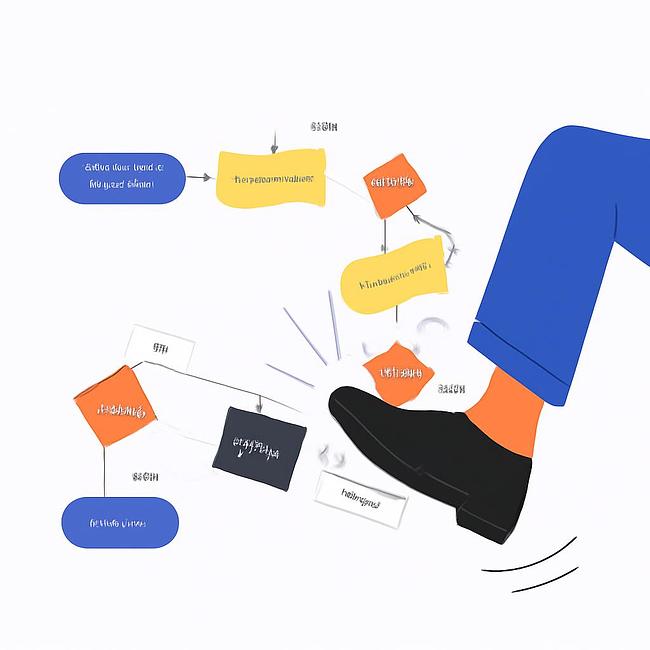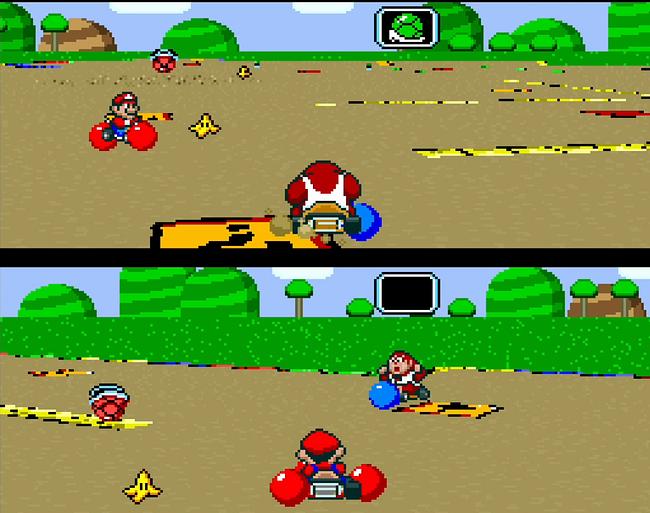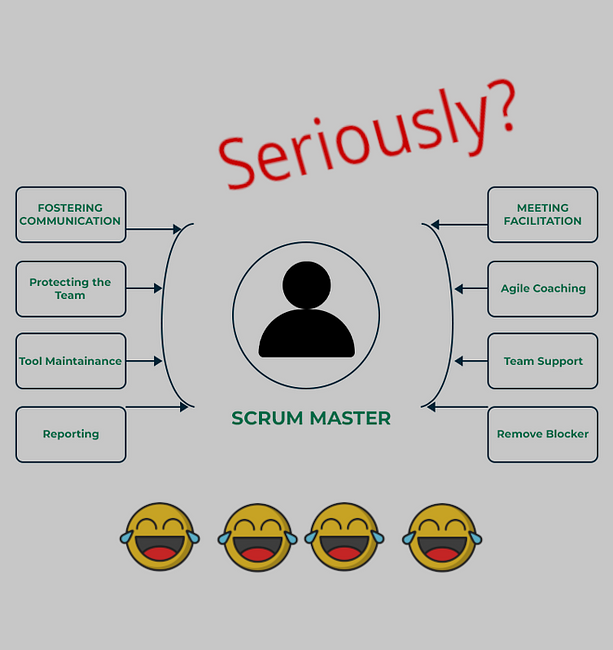
Leadership
Wednesday, June 18, 2025
Organizing processes, always a tough task. But breaking them...
Over all these years, I've never found a company that had all processes 100% defined. The truth is, there's always something to improve, cost reductions, something to automate, an area that doesn't deliver like the others, or professionals who seem perpetually angry when held accountable for their results.
Yes, a poorly functioning process can result from tired people or those who no longer want to be there. But it can also be a design issue. As Don Norman says in his book: "The Design of Everyday Things," if there's human error, then the mistake might be a process problem. And in the end, the process is nothing more than design.
So, you might say:
- Alright Erik, let's sit down, grab a coffee, open up the Miro, Draw.io, and redesign. Let's talk to everyone involved, inform them that the process will improve, and everything will be fine.
Easy, right? Not quite.

Here's the reason why I started this article. Changing a process on paper is easy; the hard part is changing it in people's minds and habits.
People's habits
Human beings operate through habits. The older they are, the more ingrained their ways of doing and acting in their minds.

From my perspective, there's even a process to understand a process of learning something. For me, it works like this:
- The professional joins the company
- Learns the processes
- There are doubts, and others teach the right way (or not)
- The first errors occur, but the professional is new to the company, so it's not a problem
- Doubts arise
- The professional gains knowledge about how things work
- Starts working without much difficulty
- And becomes an expert

So, why is it so difficult to change processes if we know the process to learn new processes? Simple, from the second time, we are considered experts... no mistakes are expected (or allowed) from us.
Denial
This is exactly why people don't like change in companies. Having doubts, making mistakes again is exhausting, leading to thoughts like: I can't do it, I'm incompetent, etc. That's why, when something new comes along, the vast majority won't follow it, or worse, they'll pretend to follow it, and this is the hardest for a manager to visualize. When they are deceiving you.
Advice from someone who has participated in several changes
As a manager for a long time, I've participated in a few (many) changes. In all of them, I can share some advice:
Be clear with everyone
Maintaining clear communication about what's happening is key to success from the start. You can even use this article to chase the root causes of the problem: How to find the root cause of your project’s problems
Understand who to negotiate with and who that will obey
Managing these people is crucial because, at a moment of change, everyone wants to contribute with ideas. The principle is good, but it can become a gigantic and unmanageable monster. Yet, some people "help" only to delay the change and you should pay attention to them. Here, there's a good article that could help you on this: Stakeholders – improving your power and impact

Either you are the boss, or you need total support from the boss
There will be many battles among executives, managers, and professionals who are against and in favor of the change. Having the strength to push forward is crucial. Remember that negotiating with everyone is also a way to delay the completion of the new process.
Be prepared to fire people
It's an unpleasant phrase, I know... but it's true. Some people simply won't want to adapt to the new process/way of working or, in not adapting, will come out with an open war against you. This can worsen if they manage to convince others against it.
Remember this phrase:
"A rotten apple can spoil healthy ones. But healthy apples cannot heal the rotten one."
If you give up, everyone will give up
This is for your day-by-day. There will be times when you'll be the only one standing. Don't give up! If you truly believe in the new, go to the end. To conclude this article, I tell the story of Sir Winston Churchill, who, while everyone wanted a non-aggression pact with Nazi Germany, said that Nazism was the great evil and should be stopped at any cost.
And you, what do you think? Have you dealt with process changes in your company? If so, how did it happen? Like the article, comment on LinkedIn, or share on your social networks.
See you soon!
Erik Scaranello




